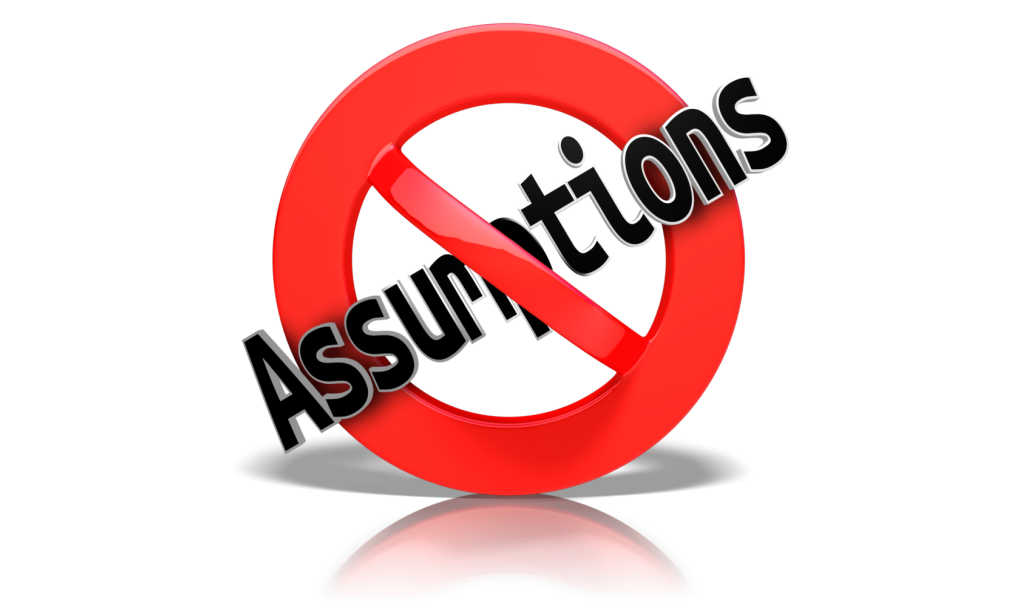What if everything You Assumed Was True Wasn’t?
How would that impact the results of your strategic decisions?
When an individual or a business operates under a set of assumptions, those assumptions are always subject to a potential parallactic effect.
The Parallax
A parallax is a phenomenon originally discovered by astronomers where the apparent position of an object in space would change depending upon the line of sight used to view the object. You can demonstrate a parallax simply by locating a point on the wall across the room from where you’re sitting right now.
Stretch out your arm and point your finger directly at a spot on the wall. Without moving your arm close your left eye and notice that your finger is no longer pointing at that same spot. Now open your left eye and close your right eye and once again you will be pointing at a different spot on the wall. Open both eyes and you will once again be pointing at a different spot on the wall.
The moral of this simple experiment is that what you’re aiming at will change depending upon how you look at it.
If the operating assumptions and point of view of the business are not aiming at the correct target the results can be catastrophic.
Pharmacy Example
Let me give you an example. Back in 2007 I sold my retail drugstore and durable medical equipment business to a nonpharmacist-run chain drugstore operator. At the time, the business was generating close to $8 million a year in annual sales.
I offered to stay on in a consultant capacity to teach them how to operate the drugstore correctly but they were unwilling to pay me for that information. After all, their company had been running chain drugstores for years and surely all drugstores are the same, right? I mean a drugstore is a drugstore regardless of whether it is a chain-operated or independently-operated shop, isn’t it?
Six years later, after chasing off the half the customers, the business was losing money and sold for scrap. Sadly, a thriving business that employed over 40 people was shuttered for good.
Chain Shoppers and Independent Shoppers Are Different
The devastating parallactic myth in this case was that an independent pharmacy serves the same customer as a chain-store pharmacy. The problem is that this assumption is simply not true.
There is a chain drug store on every decent corner in America, and yet there are still 23,000 independent pharmacies in the country. Every customer for an independent store drives by at least 4-5 chain drug stores every day, but they choose to patronize the independent.
These people want to go to a pharmacy where they can have their needs met. They’re looking for a pharmacist they can trust and a business that treats them with respect. They are looking for a place where the employees are dedicated to service and the store is properly staffed to meet the sales demand. They want healthcare from people who care.
Chain drug companies operational as centrally-controlled, high-volume, low-payroll, general stores with a pharmacy. Independents operate as locally-focused, medium-volume, high-service, well-staffed healthcare companies.
The moral of the story is don’t misunderstand who you are and what you do. The results will be disastrous. When and Independent tries to act like a chain they only detract from their success.
Portions of this POST originally appeared in my article on Multibriefs.com

